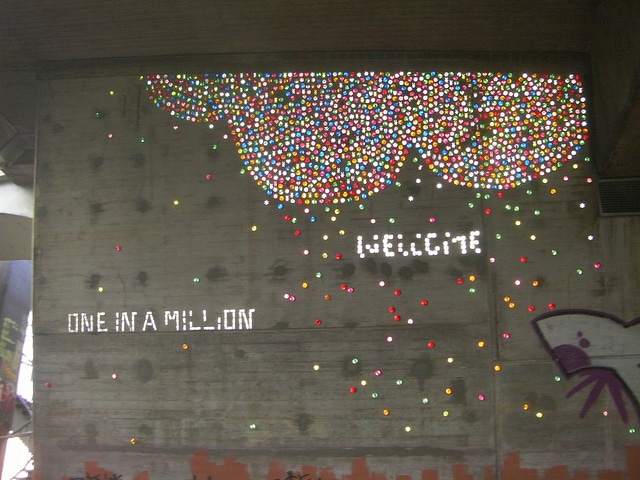 A very interesting opinion piece on the NY Times by Joshua Wolf Shenk dwells on the myth of the lone genius. History has perennially celebrated lone geniuses like Einstein, Picasso, Shakespeare, King while barely acknowledging their creative partners and collaborators whom the author credits as being important in the innovation process. He says that the modern version of the “genius” took shape in the capitalist and industrial era when ideas needed to be valued and protected to create monetary wealth and the sole originator emerged.
A very interesting opinion piece on the NY Times by Joshua Wolf Shenk dwells on the myth of the lone genius. History has perennially celebrated lone geniuses like Einstein, Picasso, Shakespeare, King while barely acknowledging their creative partners and collaborators whom the author credits as being important in the innovation process. He says that the modern version of the “genius” took shape in the capitalist and industrial era when ideas needed to be valued and protected to create monetary wealth and the sole originator emerged.
Shenk argues that with the Internet and connectivity, creative and crowdsourced networks are finally being acknowledged and further highlights that the real heart of the creative process is the intimate exchange between a creative pair or a pair of collaborators. I think this is a very important point and is critical for anyone trying to get the best out of networked crowds. I realize that the general mindset of people new to crowdsourcing and open innovation focusses on some narrow aspects that boils down to crowd participation being-
1) a cost effective way for marketers or companies to gather content or solutions rather than pay big bucks for that lone genius, consultant or specialist.
2) a hodgepodge mix of ideas thrown in to be sorted and curated.
Somehow, the above opinions stem out of the ‘lone genius’ theory that we tend to cling to – that one person, that genius, has all the answers. This is turning out to be not true at all. Creative collaboration is important and for any innovation to be genius, it needs a sounding board, needs to be influenced and fine-tuned. At the same time too many thinkers in the mix can water down a potent idea.
The ‘power of two’ that the author suggests is notable in this context. For crowdsourcing platforms that seek ideas and solutions to problems, I think this idea is a key takeaway. Many focus on the number of ideas and contributions but now we need crowdsourcing or open collaboration to evolve and be more efficient. Co-creation in pairs can take problem solving and innovation up a notch but how can we help these creative pairs find each other? How can contributors find that perfect online or offline collaborator to produce genius results? Moreover, how can we inculcate the idea of collaborative problem solving in children and youth rather than just celebrate their individual genius?



0 Comments